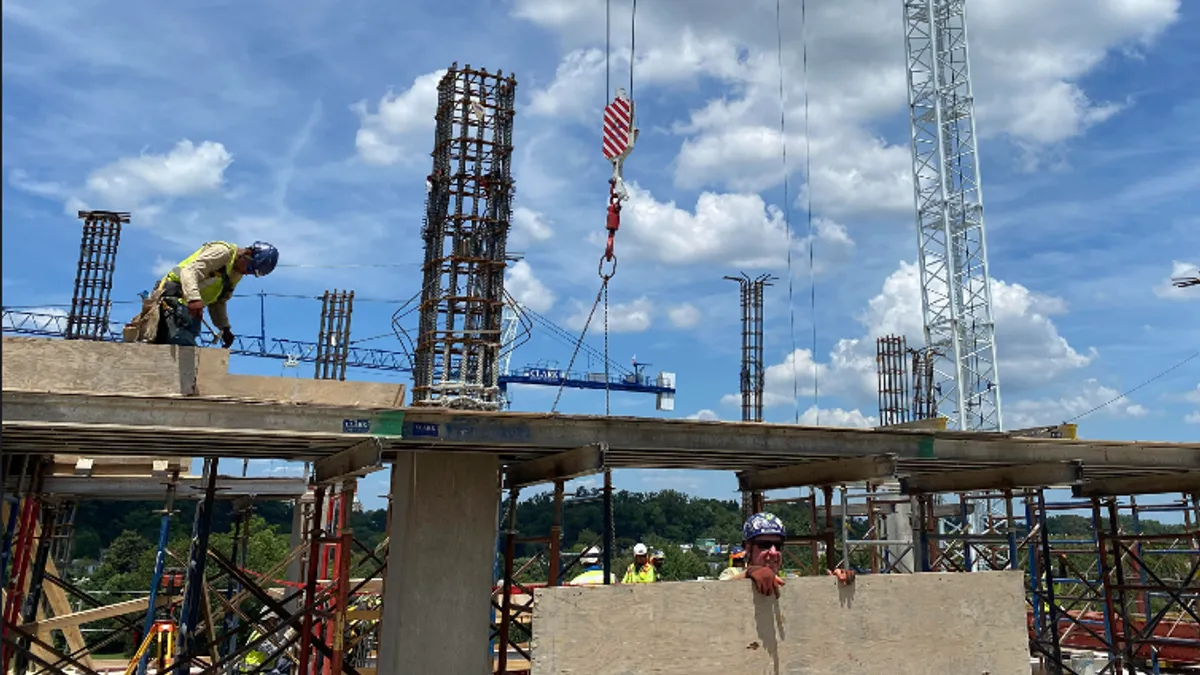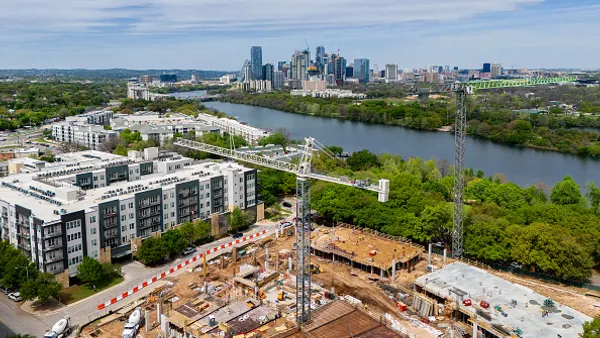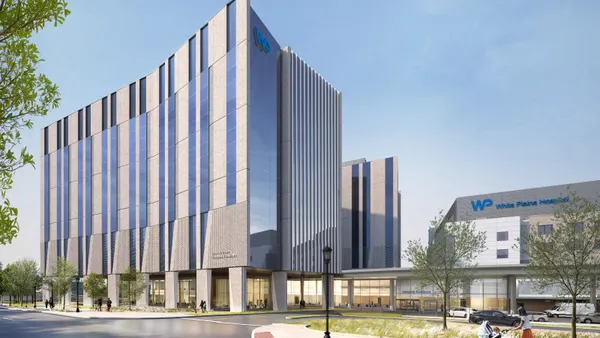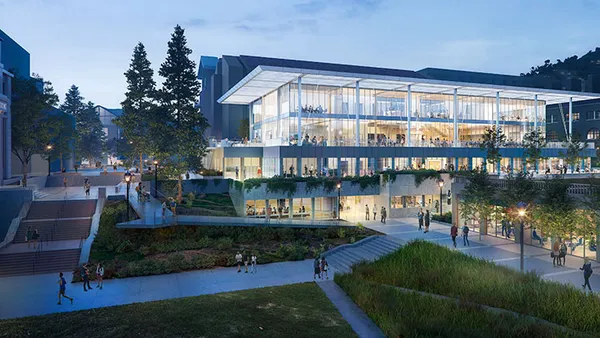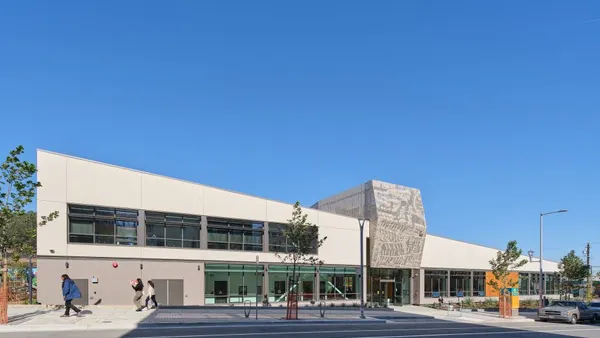Dive Brief:
- Investment in nonresidential structures contracted at an annual rate of 7.3% during the third quarter of 2021, according to an Associated Builders and Contractors analysis.
- Input shortages, higher materials costs and labor shortages have driven up the cost of delivering construction services and expanded project timelines, according to the report.
- That caused some project owners to postpone projects, which means less spending on nonresidential structures, particular in lodging and public safety.
Dive Insight:
Other factors explaining why investment in nonresidential structures dropped during seven of the past eight quarters include pandemic-induced behavior changes. In other words, the pandemic has "undermined" several commercial real estate segments, such as reduced business travel and office space utilization and increased store closures, according to the report.

Construction spending in lodging projects dropped around 33.8% year-over-year, while spending in public safety projects declined 38.5%, according to an ABC report on nonresidential construction spending.
That led to fewer projects in those segments, despite low interest rates and large amounts of capital on the sidelines. The overall economy expanded at a 2% annualized rate during the third quarter of 2021. Spending on highway and street projects increased 7.2%, while spending on sewage and waste disposal construction increased 6.5%.
Since the onset of the pandemic in the U.S. in March 2020, construction spending in the lodging and office sectors has declined substantially, even despite the surge in data center construction, which is included in the office category.
But this slump over the past two years is not expected to last. Leading indicators are more upbeat, said ABC Chief Economist Anirban Basu in the press release. Architecture billings have increased for the past eight months, a sign of more investment to come. Certain segments also continue to generate work for contractors, particularly structures related to health care, ecommerce and schools.
State and local governments should also benefit from any infrastructure bill passed in the near future, meaning public sector construction will help "offset some of the weakness in a number of private segments in the future," said Basu. Moderation in materials prices in the months ahead will also support project owners to push forward with construction plans.



